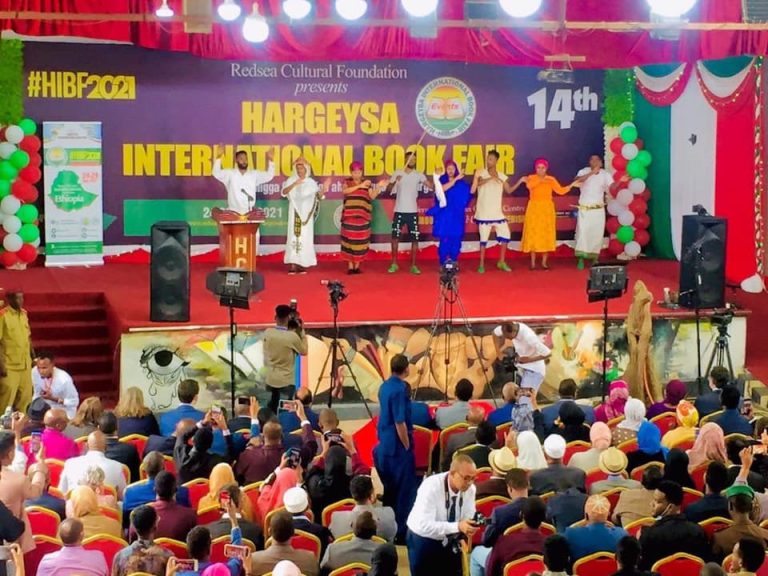Eid al-Adha, the Festival of Sacrifice, is one of the most important Islamic holidays observed by Muslims around the world.
Eid traditions in Somalia are unique cultural expressions that make this celebration specially memorable.
1. Toy Guns as Eid Gifts – A Controversial but Common Custom
One of the most unusual Eid traditions in Somalia is the widespread gifting of toy guns to children.
These toy weapons, which often resemble real firearms, are a popular purchase during the days leading up to Eid.
Children play with them in the streets, markets, and courtyards throughout the holiday.
Though the tradition may raise concerns from outsiders, in Somali culture, it’s seen as a playful gesture and part of the celebratory atmosphere.
The custom also reflects the country’s historical relationship with armed conflict, making it both a cultural and socio-political phenomenon.
2. Henna Art – Beauty and Celebration Combined
Women also have distinctive Eid traditions in Somalia.
They adorn their hands and feet with intricate henna designs in preparation for Eid prayers and family gatherings.
The practice is deeply rooted in Somali culture and is a cherished form of self-expression and festivity during Eid.
Henna application takes place in homes or at local beauty spots and is often part of a joyful group activity shared by family and friends.

3. Communal Feasting – Hospitality at Its Finest
One of the most celebrated aspects of how Somalia celebrates Eid al-Adha is its strong emphasis on hospitality and communal meals.
Somali families prepare festive dishes such as bariis iskukaris (spiced rice with meat), suqaar (stir-fried beef), and canjeero (fermented pancakes).
These meals are generously shared with neighbors, relatives, and even strangers.
It’s common to visit multiple households in one day, being welcomed with tea, food, and warm conversation at every stop.
All of these Eid traditions in Somalia reflect the deep value of community, unity, and generosity.
4. Livestock Markets – A Social and Cultural Event
In the days before Eid, Somalia’s livestock markets come alive with energy.
Families from all walks of life visit bustling markets like Bakara in Mogadishu to purchase their sacrificial animals.
Beyond buying goats, sheep, or camels for Qurbani, these markets also serve as social hubs where people connect, catch up, and even exchange advice on livestock prices and care.
This aspect of Eid al-Adha celebrations in Somalia is not just about fulfilling religious duties—it’s also about community engagement and pride in the livestock trade, a key part of Somali heritage.\

5. Charity and Solidarity Important Parts of Eid Traditions in Somalia
Somali society places great importance on sharing the blessings of Eid with the less fortunate.
Numerous humanitarian organizations, including the King Salman Humanitarian Aid and Relief Center and local NGOs, carry out sacrificial meat distribution campaigns across the country.
These efforts ensure that even the most vulnerable families can enjoy a meal during Eid.
This reflects the spirit of compassion and unity that defines Somalia’s Eid al-Adha practices.
Why Eid Traditions in Somalia Stand Out
From the unique presence of toy guns to the spiritual and social rituals of livestock buying, henna decoration, and community meals, Somali Eid al-Adha traditions reflect a dynamic mix of faith, culture, and resilience.
These customs not only celebrate the holiday in meaningful ways but also showcase the strength of community and the richness of Somali identity.
Whether you’re visiting Somalia during Eid or simply curious about how other cultures celebrate, these traditions provide deep insight into the heart of the Somali people.


